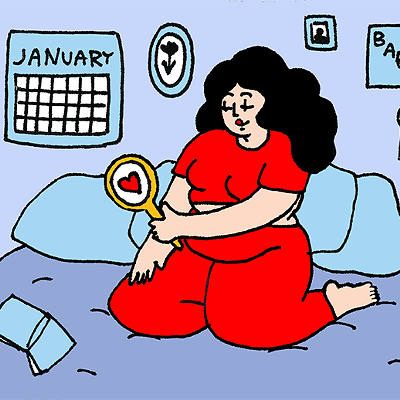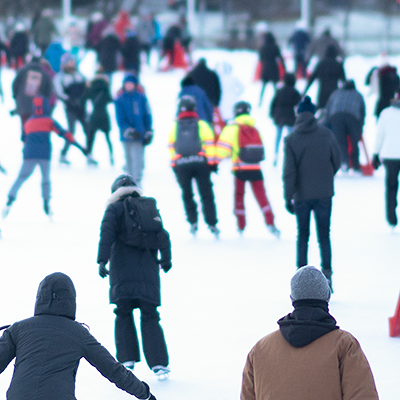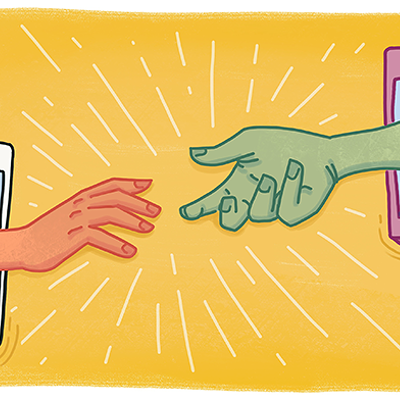A light went on for me in 1984 when I was cured of colitis in a naturopath’s office. After having spent two years doing the rounds of specialists’ offices and ingesting a lot of drugs, I was still sick and my prognosis wasn’t great. So, in desperation, I went looking for something different. In a little office on Quinpool, it was suggested to me that stress might be driving my condition. It was also suggested to me that if I understood my stress and did something about it, a cure would follow.
And, for me, it did.Interesting, I thought. Who knows best about my health anyhow? My doctor? MSI? My mother? A pharmaceutical company? A naturopath? Or, maybe, me? A lot of us believe that someone else can and should keep us healthy. It’s OK to eat high fat foods all our lives, to have a triple bypass and to continue to eat high fat food. We look for pills and therapies and surgeries to restore ourselves from the results of our own inattention or downright abuse.
But what if the responsibility lies with ourselves? Let’s suppose for a moment that our bodies are beautiful machines, having both the innate capacity and impetus to be healthy. If given a chance, they will do it too. Following known facts about diet, smoking and exercise should keep us in good shape.
And then let’s suppose our natural drive for good health is interfered with. You might break your arm or get a steel splinter in your eye. You might pick up a nasty flu bug. You might develop colitis or asthma or encounter depression or panic attacks. Your natural capacity for healing is now challenged and your body might need some outside assistance.
A fracture or that nasty splinter would obviously call for outpatient help. Chronic conditions like colitis and asthma and depression, while needing outside assistance as well, are less easily solved. Allopathic medicine—the kind of medical treatment we’re all most familiar with—will treat the breaks and splinters with plenty of skill and know how. How does it approach the chronic conditions though? With drugs? Surgeries?
Consider this metaphor. A big boulder appears in your street. You can squeeze by it, so you do. You even get used to it. You slow down and drive around. City officials might put up a sign and move the curb to make it a little easier. Nevertheless the traffic flow is still impeded. You might become accustomed to this state of affairs and accept it as the norm. However, if that boulder represents an original health impediment and the detour around it equals drug treatments and surgeries, wouldn’t it be more desirable to just get rid of the boulder?
A complementary or alternative form of treatment might attempt to do just that—shift the rock and remove the original cause of constriction—rather than work with the resulting state of affairs.
In my own life experience, having had the breaks and the splinters and the flus and the asthma and colitis, I have benefitted from both allopathic and alternative forms of treatment. Remember, we are considering the idea that our bodies will always steer towards good health if we give them a decent chance.
Over time I had to search out the treatments that my instincts suggested to me. And it was a search. A lot of health practioners seemed to be working in isolation. Getting a family GP to consider herbal therapy could be a struggle. Alternative health types might frown on drug interventions.
My question became this—what if I could find many of the different approaches to healing that had worked for me under one roof? In a place where the practitioners of different healing methods cooperated with and learned from each other?
Such a place exists in Halifax and has since 1989. EastWind. They call themselves a multi-disciplinary health clinic and their goal is to practise the kind of integrative medicine that I’m talking about. Are they unique? Not totally. There have been five or so such clinics operating in Canada for a while now and more are coming. But EastWind has been spearheading this work here for 15 years. When founders Peter and Mary Goodman and Kermit Stick—who collectively specialize in acupuncture, Chinese medicine, massage therapy, counselling and rolfing—began EastWind in 1989 there were only 17 registered therapeutic massage therapists in the whole province. (There are now close to 700.) The attitude from the medical establishment towards alternatives was, to quote Goodman, “discouraging.” These days EastWind receives referrals from many health practitioners, including four dozen doctors and the pain clinic at the Victoria General Hospital.
The clinic has expanded from its modest beginnings in ’89 to a facility that incorporates a wide range of treatments such as acupuncture, Chinese medicine, counselling, family medicine, meditation, massage therapy, naturopathy, osteopathic treatments and psychotherapy. The strongest aspects of “western” medicine are skillfully integrated with complementary medicines. Today a client can expect to have the input of a number of practitioners if a condition is not easily recognized by one. Recently and significantly, it has become a place where medical students from Dalhousie University and other schools can choose to do an elective in complementary medicine under the direction of Elisabeth Gold, the clinic’s family medicine practitioner.
As a matter of basic principle the therapists at EastWind all share a belief in the importance of working cooperatively. What a good model this is. As Peter Goodman suggests, this may well be a very important development for a health care system that is under severe stress. This system is hugely burdened these days with treating disease, very often flat-lined just to manage the sad results of bad habits or trauma. Does this system have the time or the resources to look into root causes? Does it have the necessary flexibility to even consider other possibilities beyond quick surgeries and drug management?
Think of that boulder. Consider the miraculous self-healing nature of our bodies. Think of a man in a bed in a hospital corridor coughing his lungs out. Don’t we owe it to ourselves to listen to what new voices have to say to us?











